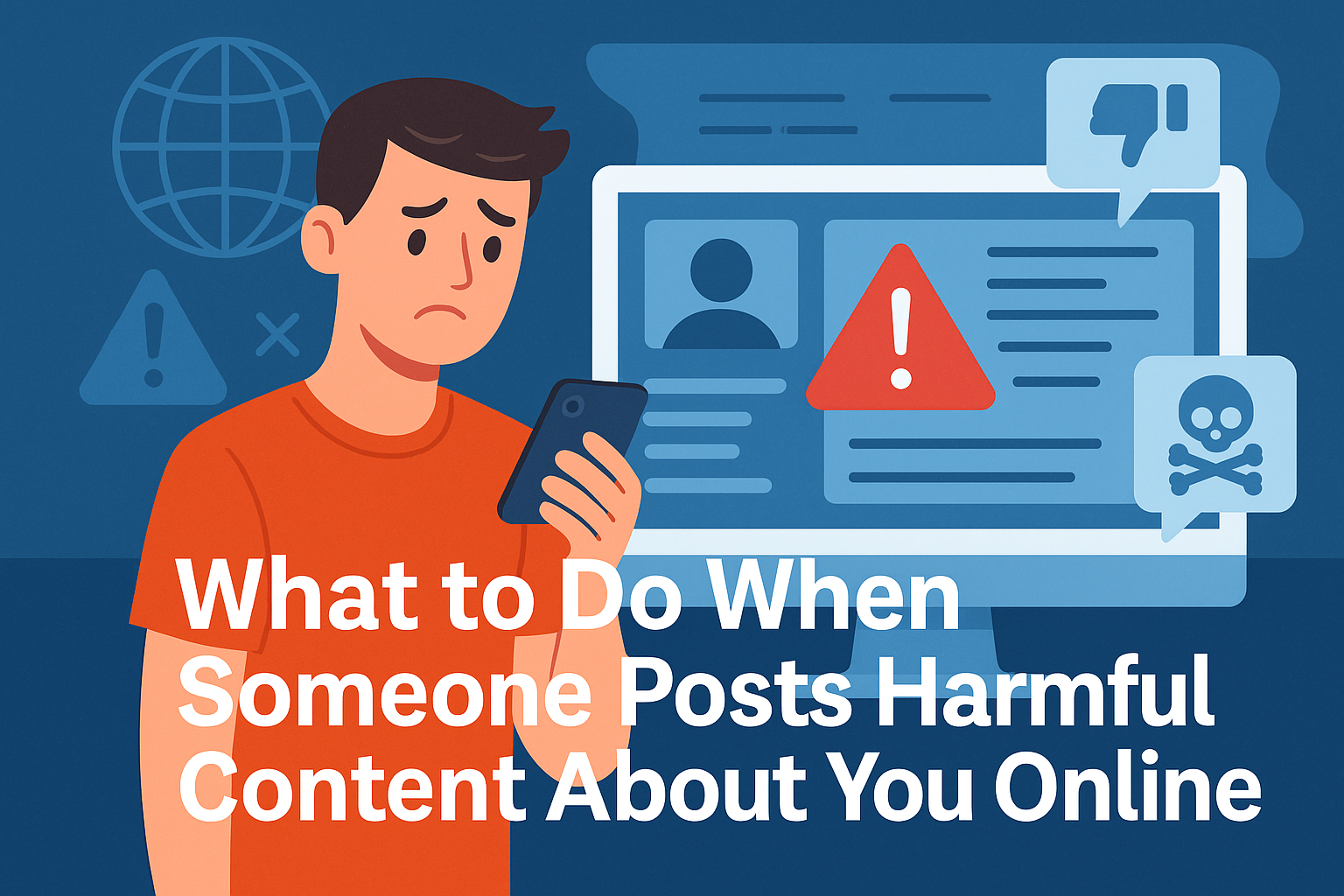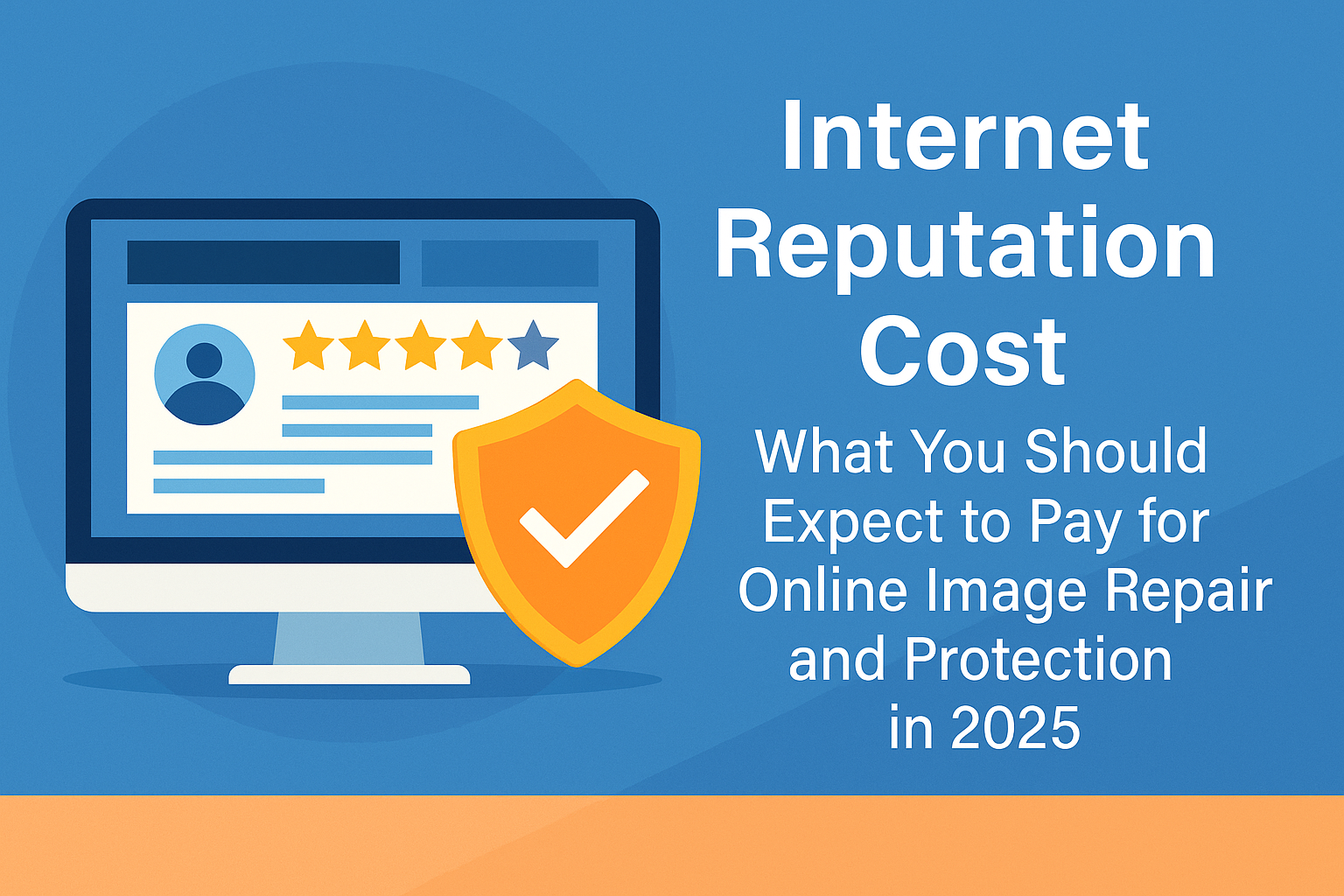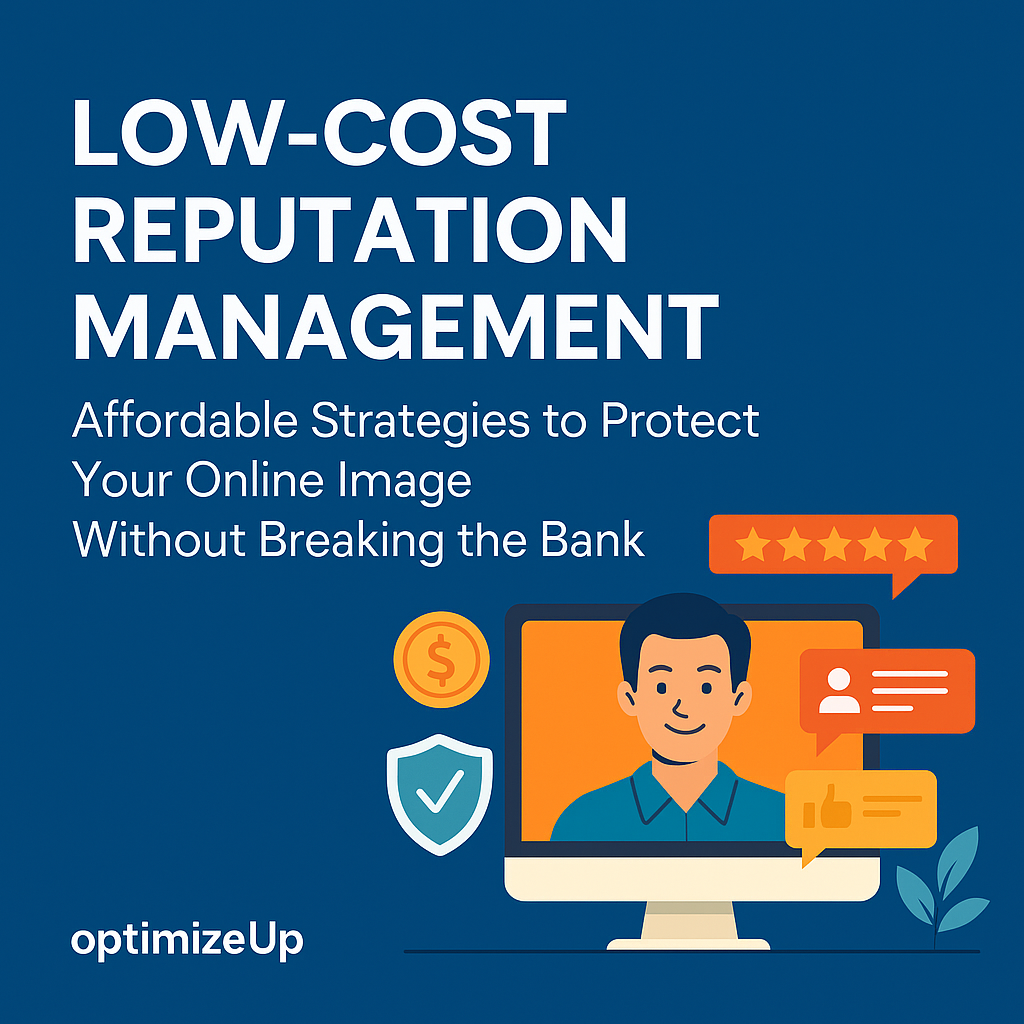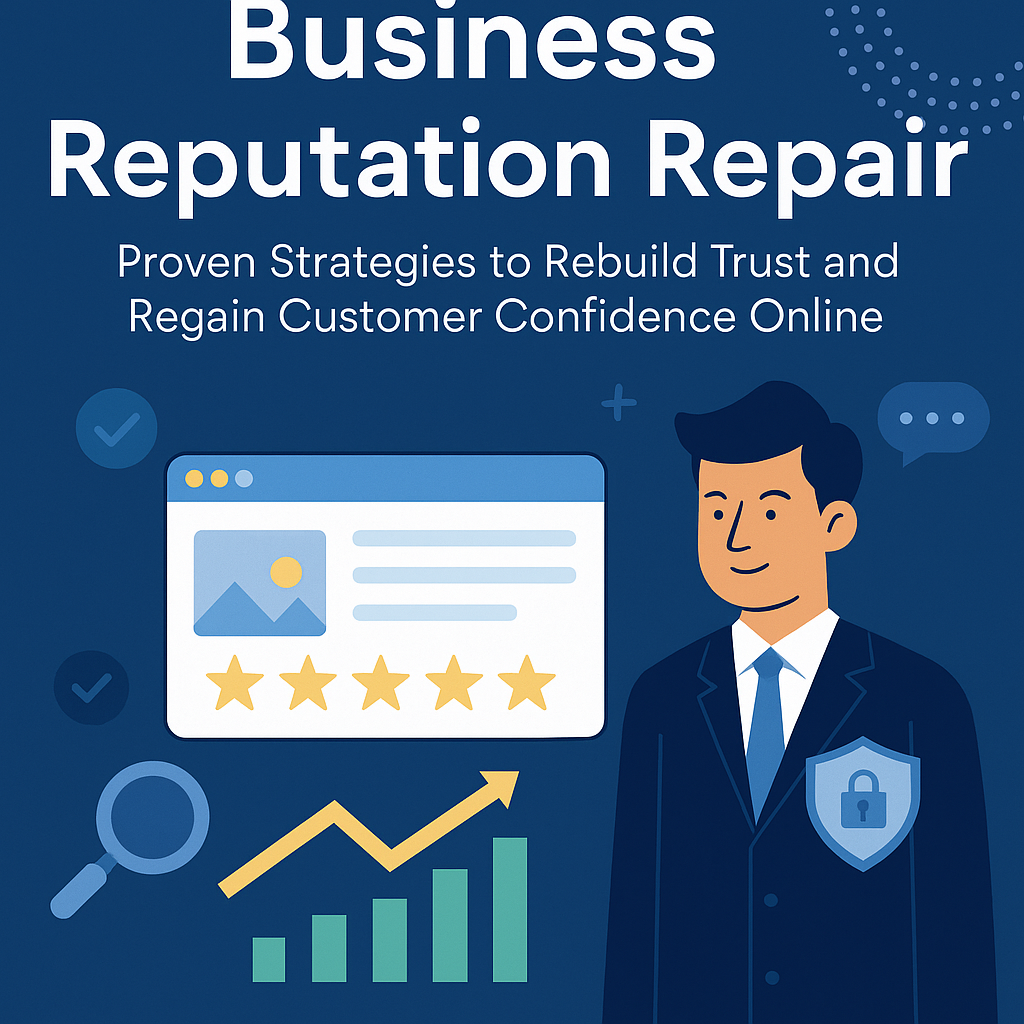Understanding the Impact of Harmful Online Content
Content doesn’t vanish easily once it hits the internet. Harmful online posts—whether malicious, false, or invasive—can:
- Damage your reputation
- Harm personal or professional relationships
- Appear in search engine results
- Impact employment or business opportunities
According to a Pew Research Center study, 44% of U.S. adults say they’ve been harassed online. But you’re not powerless.
The ripple effects of damaging content may extend beyond emotional distress. Individuals may face job losses, rejections during background checks, loss of clients, and even cyberstalking. Law enforcement, legal advisors, and online privacy advocates all recognize the growing need for stronger tools to protect victims.
Step 1: Identify the Source and Type of Content
Before taking action, assess what you’re dealing with:
Common Types of Harmful Online Content
- False accusations or defamation
- Revenge posts or personal images
- Doxxing (exposure of private data)
- Negative reviews (fake or exaggerated)
- Mugshots or arrest records
- Unwanted forum or blog posts
- Cyberbullying or harassment
- Deepfake content or manipulated images
Determine the Platform
Find out where the content lives:
- Search engine cache
- News sites or forums
- Social media platforms
- Mugshot databases
- Review websites (Yelp, Ripoff Report, etc.)
- Pornographic content aggregators
Understanding the source allows you to tailor your approach based on terms of service, legal jurisdiction, and removal potential.
Step 2: Collect and Preserve Evidence
Before initiating removal steps:
- Take screenshots with timestamps
- Save URLs and archived versions using Wayback Machine
- Document harassment or threats for future legal use
- Export communications that might link an individual to the post (emails, DMs)
Preserved evidence can be instrumental in restraining orders, police investigations, and court affidavits.
Step 3: Request Removal from the Platform
Most major websites allow users to report inappropriate or abusive content. Start by checking platform-specific procedures.
Social Media
- Facebook & Instagram: Report abuse – also includes removal of impersonation profiles
- Twitter/X: Report a violation
- TikTok: Content removal request
- Reddit: Use report button or contact admin support
Search Engines
- Google: Use the Remove Outdated Content tool
- Bing: Submit takedown via Microsoft support
Review Sites & Forums
- Yelp: Report reviews
- Ripoff Report: Known for resisting takedowns; consider a rebuttal post
- Trustpilot: Flag content
- Glassdoor: Report misleading reviews
Explain how the post violates the platform’s community standards, includes personal attacks, or constitutes defamation.
Step 4: File a Legal Takedown or DMCA Notice
If content involves copyrighted material, intimate images, or clear defamation, legal tools may apply.
Legal Options Include:
- Defamation lawsuits under libel/slander statutes
- DMCA takedown requests (for copyrighted content)
- Invasion of privacy or harassment claims
- Court-ordered removals (e.g., injunctive relief)
If you know the identity of the offender, consult an attorney who specializes in internet law. Even anonymous posters can sometimes be unmasked through court-ordered subpoenas to websites or ISPs.
How to File a DMCA Notice
To: Website Owner/ISP
Subject: DMCA Takedown Notice
I am the owner of copyrighted content found at: [your original URL]
The infringing content is located at: [URL of offending content]
Under the DMCA, I request immediate removal.
Signed: [Your Name]You can also file DMCA requests directly with:
- Google Legal
- Web hosts via WHOIS
- [Image boards or file-sharing sites] that allow user-submitted content
Step 5: Suppress the Content Using SEO Strategies
If removal fails, suppress the damaging content by boosting positive content in search rankings.
Suppression Strategies:
- Create high-authority profiles (LinkedIn, Medium, Crunchbase, Quora)
- Publish blog posts optimized for your name and expertise
- Start a personal website on yourname.com
- Submit press releases to reputable distribution platforms
- Get featured in business directories (Google Business Profile, Clutch, Trustpilot)
- Use Google’s People Cards (India only) or schema markup to influence search results
Consistency, keyword targeting, and high-authority backlinks are key to suppression success.
Step 6: Monitor Your Online Reputation
Harmful content can resurface or spread. Continuous monitoring is essential.
Monitoring Tools:
- Google Alerts
- Mention
- BrandYourself
- Talkwalker Alerts
- Reputology (for business reviews)
Set up custom alerts for variations of your name, business, and usernames to be proactive.
Step 7: Work With an Online Reputation Expert
Tackling harmful online content can be overwhelming, especially if you’re juggling legal issues or emotional distress. Optimized Up provides:
- Content removal assistance
- Search result suppression strategies
- Legal referral support
- Long-term monitoring and reputation reporting
- Brand protection audits
Schedule a free online reputation consultation and take the first step toward peace of mind.
Preventative Tips: Protecting Yourself Online Going Forward
- Limit oversharing on public platforms
- Make social accounts private
- Use strong, unique passwords and update them often
- Enable 2FA on important accounts
- Monitor kids’ or dependents’ online behavior
- Register your name as a domain and reserve your name on major platforms
- Educate friends and family about impersonation scams
- Review app permissions and third-party access to your content
Taking proactive measures today can prevent future harm.
FAQ: Removing Harmful Content Online
Yes, depending on the nature and location of the post. Many platforms allow defamation claims, and legal routes can provide more permanent solutions.
In some U.S. states, outdated or sealed records can be petitioned for removal. Google may remove content if laws have changed or if the content violates policies.
You may need to file a John Doe lawsuit to uncover the identity via subpoena. Speak to a cybercrime attorney for options.
Platform removals may take 24–72 hours; legal removals can take weeks or months depending on jurisdiction.
Yes. Optimized Up is among the leaders in reputation repair and suppression strategies for individuals, professionals, and organizations.
U.S. residents can refer to laws such as:
Section 230 of the Communications Decency Act (limits platform liability but not user)
State-specific cyber harassment, doxxing, and impersonation laws
Copyright and defamation statutes
MLA Citations:
Pew Research Center. “Online Harassment 2021.” Pew Research, https://www.pewresearch.org/internet/2021/01/13/online-harassment-2021/
Google. “Remove Outdated Content.” Google Search Console, https://search.google.com/search-console/remove-outdated-content
U.S. Copyright Office. “DMCA Notice and Takedown Procedures.” Copyright.gov, https://www.copyright.gov/
Facebook. “Reporting Abuse.” Facebook Help Center, https://www.facebook.com/help/
Talkwalker. “Free Alerts for Brand and Content Monitoring.” Talkwalker, https://www.talkwalker.com/alerts
Trustpilot. “How to Report Inappropriate Reviews.” Trustpilot, https://support.trustpilot.com/





